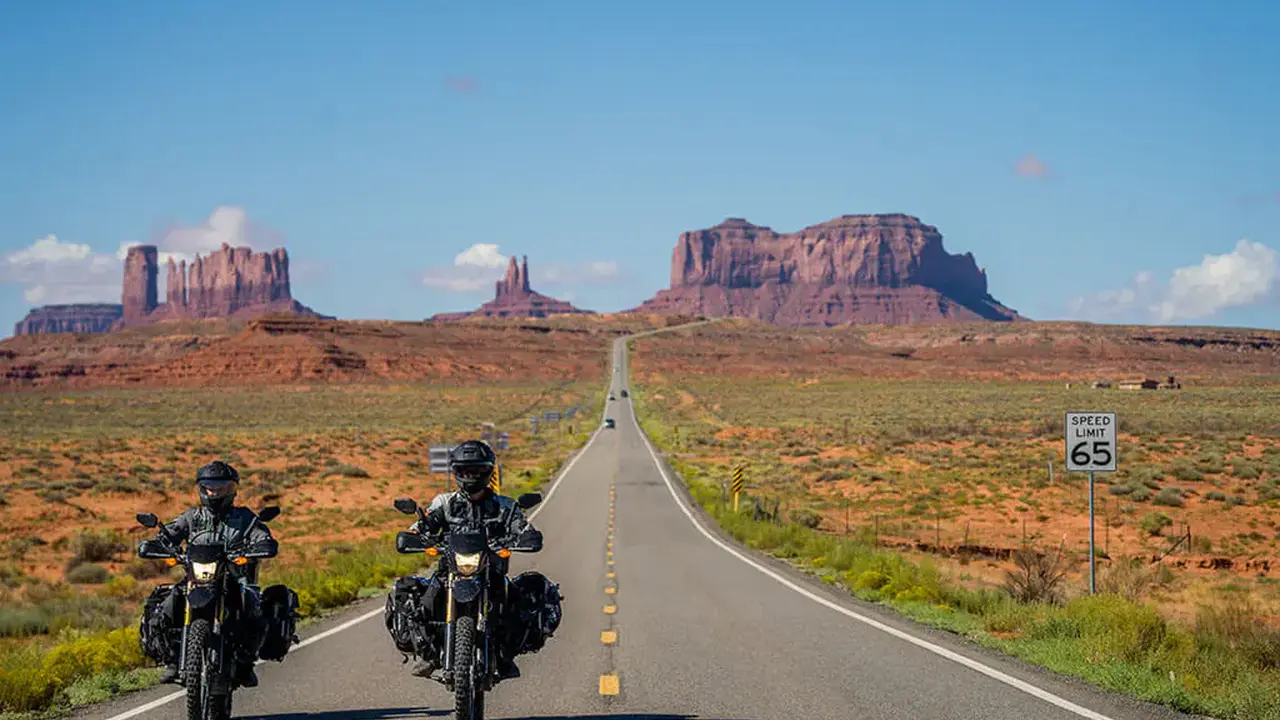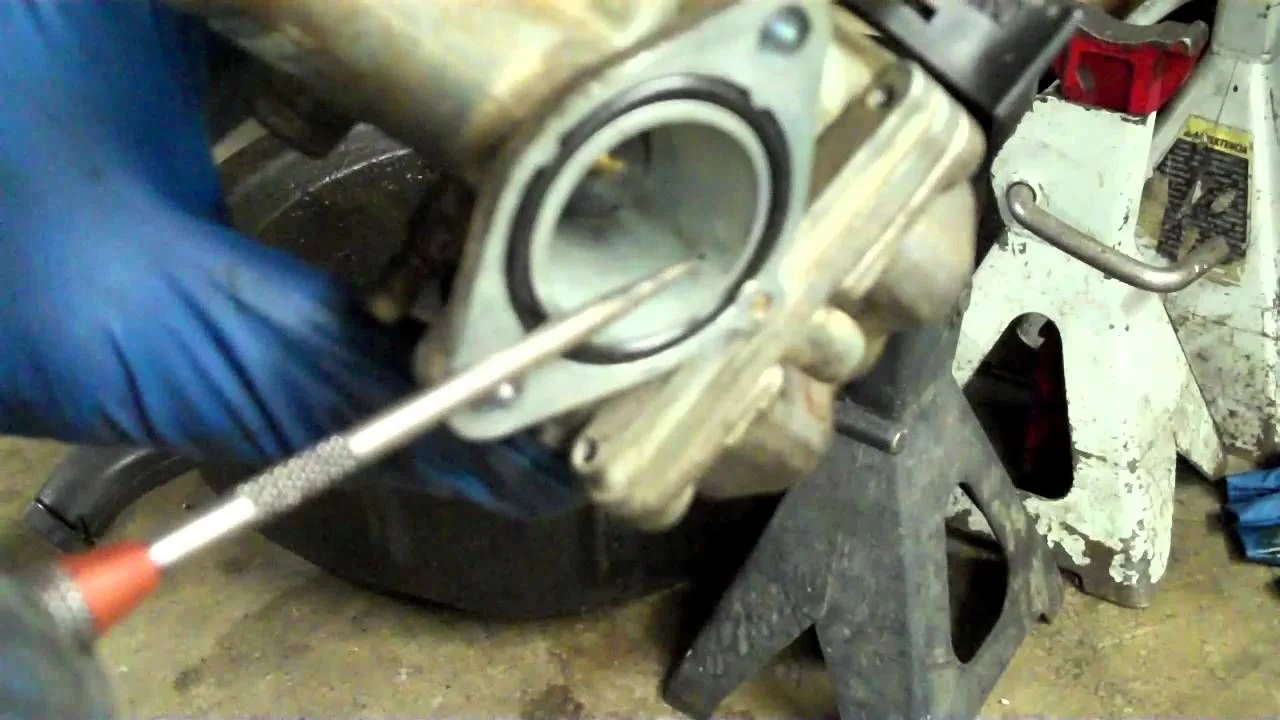ADV Motorcycle Packing: Balancing Your Load
Packing for an ADV motorcycle trip can feel like a daunting task. Balancing your load is crucial for safety and comfort, impacting handling and overall ride quality. This guide dives into the essential techniques for packing your ADV motorcycle, explores specific product recommendations, and provides a comparison to help you make informed decisions, ensuring a well-balanced and enjoyable adventure.

So, you're gearing up for an ADV adventure? Awesome! But before you hit the road, let's talk about something super important: packing your motorcycle. It's not just about cramming everything in; it's about balancing that load so you can ride safely and comfortably. A poorly packed bike can handle like a tank, making even simple maneuvers a real pain. Let's break down how to pack like a pro.
Understanding Weight Distribution for ADV Motorcycle Handling
First things first, let's get our heads around weight distribution. Imagine a seesaw. If all the weight is on one side, it's going to be tough to balance. Your motorcycle is similar. Ideally, you want the weight centered and low. This lowers your center of gravity, making the bike more stable and easier to handle, especially at lower speeds or in tricky off-road situations. Think about it: when you're picking your way through a rocky trail, you don't want a top-heavy bike fighting you every step of the way.
Generally, aim for 60% of the weight to be on the front of the bike and 40% on the rear. This distribution can vary slightly depending on the specific motorcycle model and the type of riding you'll be doing. Consult your motorcycle's owner's manual for the manufacturer's recommendations.
Choosing the Right ADV Motorcycle Luggage Systems
Choosing the right luggage system is critical. You've got a few main options:
- Hard Panniers: These are durable, secure, and often waterproof. Think aluminum or plastic. They offer excellent protection for your gear, especially if you're expecting rough terrain.
- Soft Panniers: Lighter than hard panniers, and often more forgiving in a crash (less likely to bend your subframe). They're usually made from heavy-duty nylon or canvas.
- Top Box (Tail Bag): A convenient place for quick-access items like rain gear, snacks, or a camera. Just be mindful of how much weight you put in here, as it can affect handling.
- Tank Bag: Perfect for things you need on the go: phone, maps, wallet. Again, keep the weight down.
- Dry Bags/Duffle Bags: Great for strapping onto the pillion seat or across the panniers. Make sure they're securely attached!
Packing Strategies for Optimal ADV Motorcycle Balance
Okay, now for the packing itself. Here's the golden rule: Heaviest items go low and as close to the center of the bike as possible.
- Bottom of Panniers: Tools, spare parts, anything heavy and dense.
- Middle of Panniers: Camping gear (tent, sleeping bag), clothes.
- Top of Panniers: Lighter items you might need during the day.
- Tank Bag: Phone, wallet, maps, snacks, small camera.
- Top Box: Rain gear, first-aid kit, anything you need quick access to. Don't overload this!
Think about how often you'll need certain items. Things you'll only use at camp can go deeper in the panniers. Things you might need throughout the day should be easily accessible.
ADV Motorcycle Luggage Product Recommendations and Comparisons
Let's dive into some specific product recommendations. Keep in mind that the "best" product depends on your budget, riding style, and the type of trips you plan to take.
Hard Panniers: Givi Outback Trekker vs. Touratech Zega Pro
Givi Outback Trekker: These are a popular choice for their durability and relatively reasonable price. They're made from aluminum and feature a secure locking mechanism. They're also available in various sizes to suit different needs. Expect to pay around $800-$1200 for a set of panniers and mounting hardware. They're great for on-road and moderate off-road use. They're not quite as bombproof as the Touratech Zegas, but they offer excellent value.
Touratech Zega Pro: The Zega Pros are the gold standard in hard panniers. They're incredibly tough and well-built, designed to withstand serious abuse. They're also more expensive, typically costing $1200-$1800 for a set. If you're planning on tackling challenging off-road terrain, these are a worthwhile investment. They also offer a wide range of accessories, like inner bags and lid organizers.
Comparison: The Givi Outbacks are a great all-around option, balancing durability and price. The Touratech Zegas are the ultimate in ruggedness, but come at a premium. Consider your budget and the type of riding you'll be doing.
Soft Panniers: Mosko Moto Backcountry 35L vs. Kriega Overlander 30
Mosko Moto Backcountry 35L: These are incredibly durable and waterproof soft panniers, designed for serious adventure riding. They feature a modular design, allowing you to add or remove pockets and accessories. They're also relatively lightweight. Expect to pay around $700-$900 for a set. The Mosko Moto system is known for its bombproof construction and thoughtful design.
Kriega Overlander 30: The Kriega Overlander 30 system is a lighter and more streamlined option compared to the Mosko Moto. They're also waterproof and durable, but not quite as overbuilt as the Mosko Motos. They're a good choice for riders who want a lighter setup without sacrificing too much durability. Expect to pay around $500-$700 for a set. Kriega is known for its high-quality materials and innovative designs.
Comparison: The Mosko Moto Backcountry 35L are the more robust and versatile option, while the Kriega Overlander 30 are lighter and more streamlined. Consider the weight and bulk of the panniers, as well as the type of riding you'll be doing.
Top Boxes: Shad SH48 vs. Givi Trekker Outback 58L
Shad SH48: A good all-around top box that offers a decent amount of storage space and a reasonable price. It's not waterproof, but it's water-resistant. It's a good choice for riders who need a top box for commuting or light touring. Expect to pay around $200-$300.
Givi Trekker Outback 58L: A larger and more rugged top box that's designed for adventure riding. It's waterproof and features a secure locking mechanism. It's a good choice for riders who need a lot of storage space and want a top box that can withstand rough conditions. Expect to pay around $400-$500.
Comparison: The Shad SH48 is a more affordable and versatile option, while the Givi Trekker Outback 58L is more rugged and waterproof. Consider the amount of storage space you need and the type of riding you'll be doing.
Essential Packing Accessories for ADV Motorcycle Trips
Don't forget about the accessories! These can make a big difference in your packing efficiency and overall comfort.
- Inner Bags: Keep your gear organized and make it easy to move items between your panniers and your tent.
- Packing Cubes: Compress your clothes and keep them wrinkle-free.
- Tie-Down Straps: Essential for securing loose items. Get good quality straps with strong buckles. Rok Straps are a popular choice.
- Waterproof Covers: Even if your panniers are waterproof, it's a good idea to have waterproof covers for extra protection.
- First-Aid Kit: A must-have for any adventure trip.
- Tool Kit: Make sure you have the tools you need to perform basic repairs on the road.
Practicing Your ADV Motorcycle Packing Before You Go
This is crucial! Don't wait until the day before your trip to pack your bike. Do a test run. Load up your bike with all your gear and go for a short ride. Pay attention to how the bike handles. Does it feel stable? Is it easy to maneuver? If not, adjust your packing until you find a good balance.
Also, weigh your bike! Many riders are surprised at how much their gear actually weighs. Knowing the total weight of your bike and gear will help you make informed decisions about tire pressure and suspension settings.
Tips and Tricks for Minimizing Weight on Your ADV Motorcycle
Every ounce counts! Here are a few tips for minimizing weight:
- Pack Light: Seriously, do you really need that extra pair of shoes? Be ruthless.
- Choose Lightweight Gear: Invest in lightweight camping gear, like a lightweight tent and sleeping bag.
- Leave Unnecessary Items at Home: Be honest with yourself. What do you really need?
- Buy Supplies Along the Way: Instead of carrying a ton of food and water, buy supplies as you go.
- Consider a Smaller Bike: A smaller displacement motorcycle will naturally require less gear and be lighter overall.
Adjusting Suspension for a Loaded ADV Motorcycle
Once you've packed your bike, you'll need to adjust your suspension to compensate for the added weight. This is crucial for maintaining proper handling and preventing bottoming out. Consult your motorcycle's owner's manual for instructions on how to adjust your suspension. You may need to increase the preload on your rear shock, and possibly adjust the damping as well. If you're not comfortable making these adjustments yourself, take your bike to a qualified mechanic.
Riding Techniques for a Heavily Loaded ADV Motorcycle
Riding a heavily loaded ADV motorcycle requires a different approach than riding a sportbike or even an unloaded ADV bike. Here are a few things to keep in mind:
- Braking: Allow for longer braking distances. Your bike will take longer to stop when it's loaded down.
- Cornering: Lean the bike less in corners. A heavily loaded bike is more stable when it's upright.
- Acceleration: Accelerate smoothly and gradually. Don't be too aggressive with the throttle.
- Low-Speed Maneuvering: Practice low-speed maneuvers in a parking lot before you hit the road. A heavily loaded bike can be more difficult to control at low speeds.
- Be Aware of Your Surroundings: Pay close attention to the road and traffic conditions. Give yourself plenty of space.
So there you have it! Packing your ADV motorcycle is a skill that takes practice, but it's well worth the effort. A well-balanced bike will handle better, be more comfortable to ride, and ultimately, make your adventure more enjoyable. Now get out there and explore!
:max_bytes(150000):strip_icc()/277019-baked-pork-chops-with-cream-of-mushroom-soup-DDMFS-beauty-4x3-BG-7505-5762b731cf30447d9cbbbbbf387beafa.jpg)






